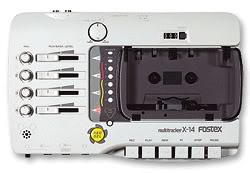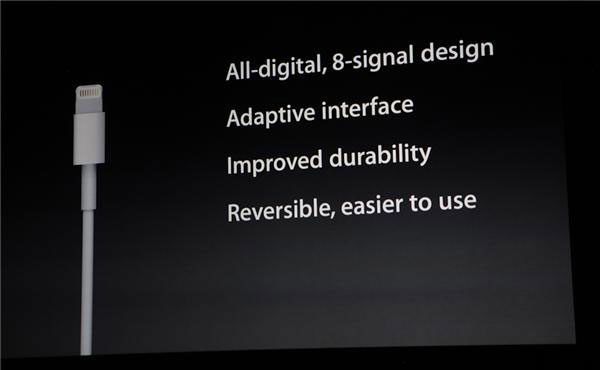
Simpler days… Four tracks and the limitations of cassettes kept the focus on the music
Way back in the day my little Fostex four track was my gateway into recording but also helped me get to grips with arranging and composition. Flash forward nearly two decades and after DAWs that can do anything I got back into simpler recording by using the iPhone with the Four Track app. By working with the constraints of the app (much like tape except you get to fast forward and bounce with a lot more ease!) you get a new focus. A track limitation and the absence of soft synths really gets you to focus on why a part is in the music and that it’s sonically doing the right thing.
This is something that grandad here and his generation had as their strength. When you’re working with a limited palette you gain a more pronounced sense of quality. For better of worse, this lo-tech nirvana will be demolished by the Lightning Connector and higher spec phones.
OK Gramps, stick with the blog title!
Halcyon memories aside, the increase in iPhone and now iPad processing power coupled with the lightning connector means that iOS recording is poised to under go a revolution in recording devices not seen since USB 2.0.
Why so sure? Because the specs in terms of Lightning are USB 2.0. When USB got upgraded the market got flooded with many of the devices in use today by home recordists. Some of these can squeeze 14 simultaneous tracks from the bus. Given that an iPhone 5 smokes a PC from 6-10 years ago it looks like that we might see some interesting devices and software. I think it’s only a matter of months until we see 8in/8out devices for the iPad at unsigned gigs and in rehearsal rooms.
Here’s a nice round up of the current state of multitrack apps. I like to look of Harmonic Dog in particular as it supports lots of devices.
All of this extra power and the closed garden approach Apple means that iOS will probably dominate as the mobile device of choice for musos for a while yet!
For me, I’m going to keep using Four Track. If painters had pallets with billions of colours they’d be stymied. Maybe it’s the same for musicians?


